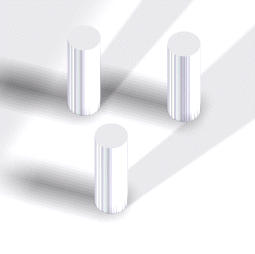
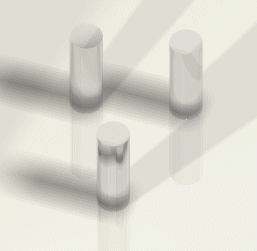

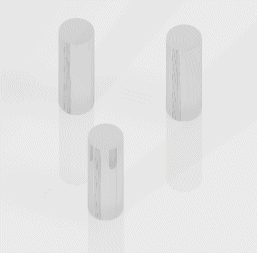
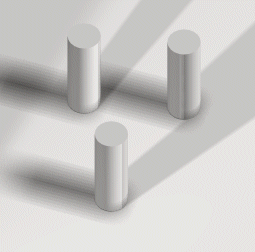
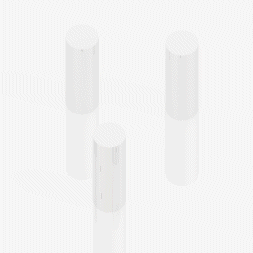
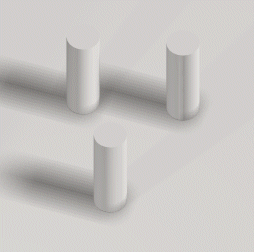
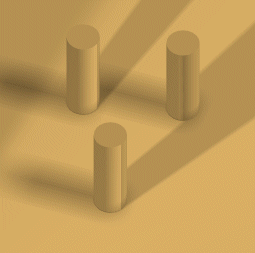
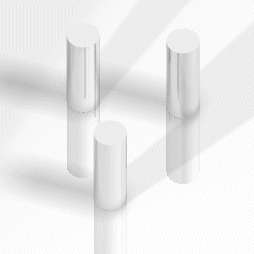
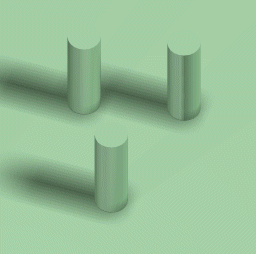
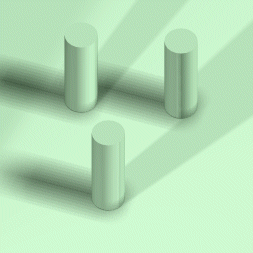
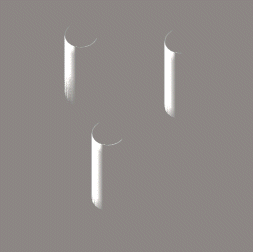
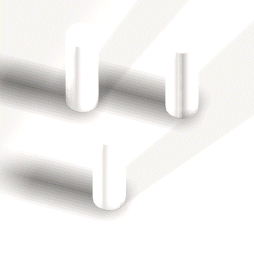
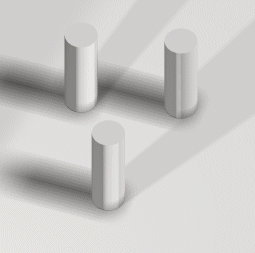
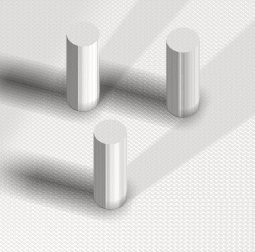
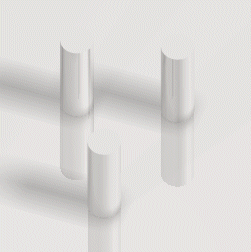
|
Visualization |
The Reflectancy feature is used to define the way in which a surface reflects light. Although Reflectancy determines how much light the surface will reflect to the viewer, the result also depends on the material's other features, as well as the lighting. Reflectancy takes into account all light sources. It can be used to create shiny and mirroring materials, for example.
The Reflectancy shader includes the following types:

|

|

|
|
|
|
Chrome 2D | Conductor | Constant |

|

|

|

|
| Dielectric | Environment | Glass | Matte |

|

|

|

|
| Metal | Mirror | Phong | Plastic |

|

|

|

|
| Translucency | Translucent Plastic | Wrapped Anisotropic | Wrapped Circular Anisotropic |

|
|||
| Wrapped Mirror Map |
| Converted from CHM to HTML with chm2web Pro 2.85 (unicode) |